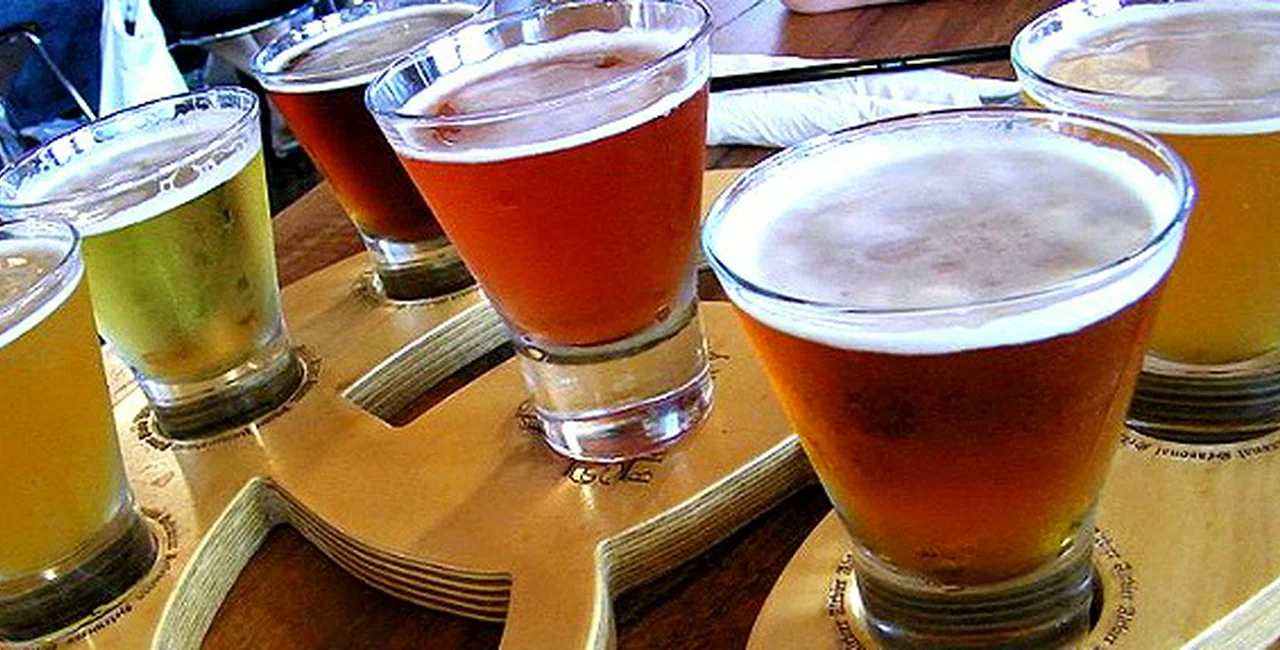Like most of my fellow American beer lovers, I came to the Czech Republic a big fan of ale. Although there are exceptions, most lager in the U.S. is flavorless commercial swill like Bud Light and Miller, while most American microbreweries feature pale ales, india pale ales (IPAs), stouts and other ales. My personal favorite brew was a crisp, hoppy pale ale. Since moving to the Czech Republic I have grown to appreciate the high quality, flavorful lagers that have put this country on the beer map, but every once in awhile I get that yearning for that taste of home. Luckily for ale drinkers, this style of beer is slowly but surely making its way to the Czech beer market.
Technically, I should say making their way back to the Czech beer market. Before pilsner-style lager took over this region in the 19th century, most beer was what we would today call an “ale.” Keep in mind that ale is an old English word, so each nation has their own language and classification for beer. In Czech, ales are referred to as svrchně kvašené pivo, or “top fermented beer.” Stouts, porters, obviously pale ales and IPAs classify as ales as well as most wheat and Belgian-style beer.

The primary difference between ale and lager resides in the yeast. The relatively modern invention of lager matures at much cooler temperatures (usually between 4-12° Celsius) and uses bottom fermenting yeast which was only discovered within the last 500 years or so. Ale yeast ferments on top and is typically stored at or near room temperature, which is why the vast majority of homebrewers make ales. The higher temperatures and top fermenting yeast means that ales mature faster, which often results in a more robust, flavorful beer, for better or worse.
Czech lager has become so popular partly because of its drinkability. Its flavor is relatively mild and it has less alcohol than most American, English and Belgian ales, which most Czechs have gotten accustomed to since Pilsner Urquell was launched in 1842. Once Bohemians got their first taste of pilsner beer, they just couldn’t get enough. In the following decades, more and more breweries in Bohemia and Bavaria started making this new style of lager while countries like Belgium and England continued to develop their own ales.
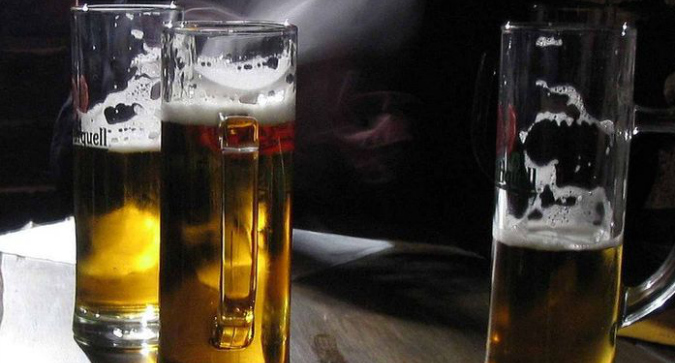
One key ingredient that sets Czech beer apart is the Saaz hop (Žatec in Czech). The Saaz hop has been respected for centuries for its quality and flavor, and it does provide that familiar bitter taste to Pilsner Urquell and many other Czech lagers. However, the Saaz hop is relatively low in alpha acids compared to most popular hops in Britain and America, which are typically more aromatic and bitter than Czech hops. That means a brewer needs to import foreign hops if they truly want to replicate the taste of foreign-style ales.
Over the last decade or so, a few brave Czech brewers, perhaps inspired by the adventurous microbreweries popular in the U.S. and U.K, have been trying to bring ales back to the Czech Republic. When I arrived to Prague in 2005, I dove right into the lager scene and didn’t give much thought to the hoppy ales I used to drink back home. And even after I did get a little homesick for a good ale, there weren’t many places to turn.
The Pernštejn brewery has been making their own 19° Pardubický Porter since 1891, although this dark, malty beer is bottom-fermented unlike the well-known top-fermented British porters. Another established brewery known to produce ale is Primator, which has an English Pale Ale, Stout and a surprisingly tasty wheat Weizenbier which recently won first prize in the 2013 World Beer Awards.
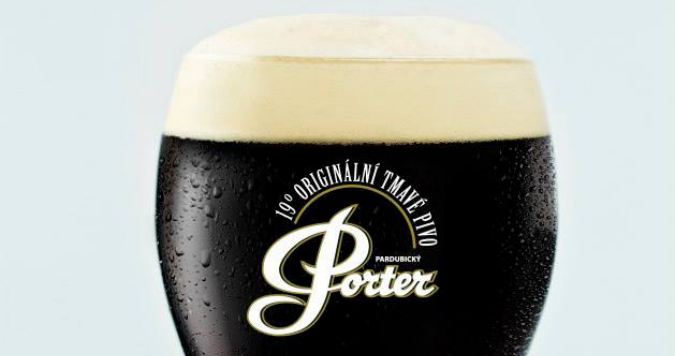
However, I hadn’t tasted anything resembling the fruity, aromatic ales I loved back home until I visited the Svatý Norbert Monastery brewery near Prague Castle. The India Pale Ale served at their brewpub sent my taste buds for a trip abroad and to this date is one of the best ales I have tried in Prague. At that time, the brewmaster at Svatý Norbert was Martin Matuška, clearly a man who appreciates good ale.
If the name sounds familiar, it should, because Matuška started his own self-named brewery in 2009, producing a variety of ales which you can find at many pubs, restaurants and beer shops around Prague. Matuška rarely if ever disappoints and the California Pale Ale, Raptor IPA and Černá Raketa black ale all use a blend of Saaz and American hops to achieve the desired bitterness levels. Another well-known “cat” on the ale scene is Kocour, which uses plenty of American hops in its zippy Samurai IPA.
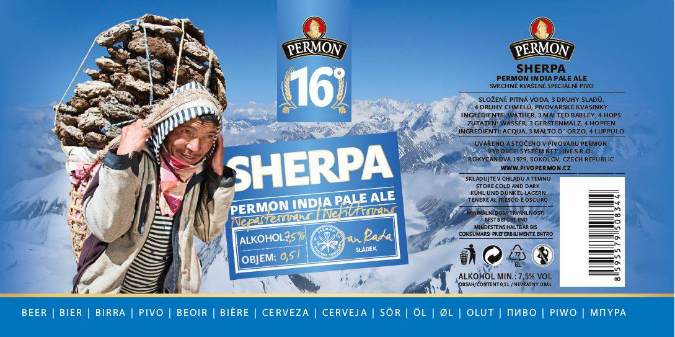
But many Prague expats are already familiar with Matuška and Kocour, so here are a few other newer breweries bringing ales to a specialty beer pub or shop near you. You can often find information about where to get these beers on each brewery’s website. Keep in mind that most of them relatively small, so each kind of beer may not be available year round.
Permon – Czech ales are often only available on tap, but Permon has recently started offering four different kinds of ale in glass bottles. Their 12° P.A.P.A. (Permon American Pale Ale) and 11° P.E.P.A. (English Pale Ale) are pleasant but relatively mild, but the 16° Sherpa Pale Ale, using a blend of four different American hops, should pack a bit more punch.
U Bizona Čižice – Known as the Buffalo Tavern Brewery in English, this small independent operation started up in 2011 in the town of Čižice, just south of Plzen. They have a large rotating arsenal of ales and lagers. I wasn’t terribly impressed by their 14° Freedom IPA, which struck me as more of a Czech-style IPA than American, but their American pale ale was quite refreshing and enjoyable.
Podklášterní Pivovar Urban – Another renovated brewery near a monastery, this brewery opened in Třebíč in 2012 and features three different English-style ales. They have a very interesting 12° Red Ale which went down smoothly, a mild, but tasty 14° IPA, and a stronger, malty 16° Porter.
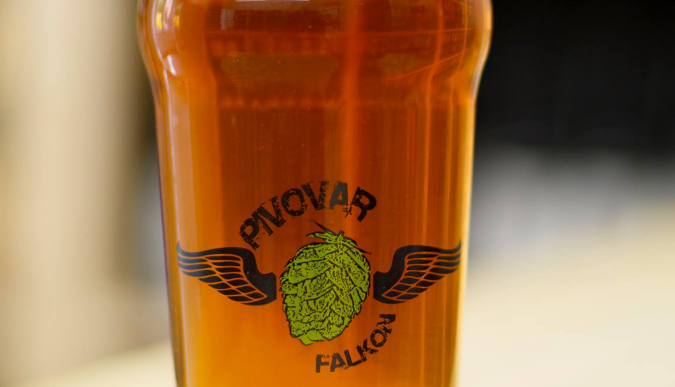
Břevnovský Benedict – This brewery located at the Břevnov monastery first opened in the 10th century although it has come and gone a few times since then. It was reopened most recently in 2011 with a more modern portfolio, including a 15° IPA, a 17° dark Abbey Ale and a 21° Imperial Stout. While I haven’t yet tried the stronger two, the IPA was quite good – pleasantly bitter with a gentle hop presence.
The “flying breweries” – There are several small brewing companies in and around Prague which partner up with other established breweries to brew their often unique and flavorful ales. Perhaps you’ve heard of Nomád, which uses American hops in their Easy Rider Pale Ale and Black Hawk dark IPA. Another new flying brewery is Žatec-based Falkon, which makes a whole spectrum of ales including the potent 16° Stalker IPA and many seasonal stouts, porters and others.
Keep an eye peeled for these and other interesting ales from these and other Czech microbreweries.












 Reading time: 5 minutes
Reading time: 5 minutes 